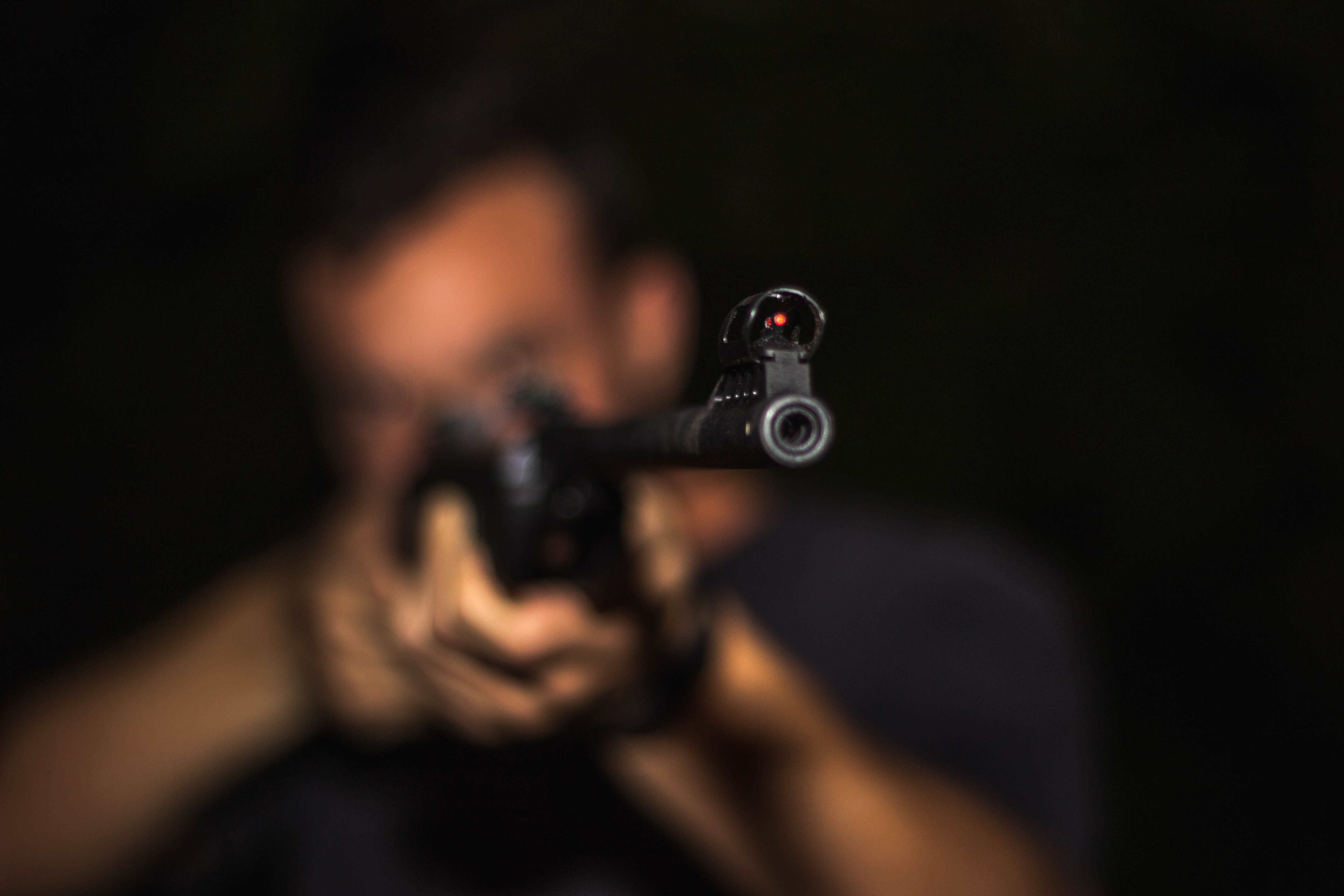Congress, in a rarely seen display of bipartisanship – for better or for worse, for Arizonans – has passed federal gun control laws for the first time in years. And while politicking and campaigning are sure to ratchet up the discussion about guns starting, well, right about now, the question is begged: What, if any, of these laws impact your right to buy, own, or build a gun in Arizona?
Many would-be buyers are seeing empty sporting goods stores. They’re turning to the practice of at-home gunsmithing — lest they wait weeks and months for dealers’ shelves to see restocking. Some are pursuing the practice merely to avoid the increasing premiums, higher taxes, and extra fees buyers need to pay before taking delivery of their retail-bought firearms.
But Congress is reviewing federal gun laws, and states are taking action against firearms — New York and California have effectively banned the ability to build a firearm — many wonder whether it’s still legal in Arizona. If you’re in the Second Amendment camp, then you’ll be happy to know that it is, indeed, still legal to build a firearm in Arizona.
You still need to follow federal firearm laws should you choose to build your next gun instead of buying it: First, you need to be legally allowed to otherwise own a firearm. That means you cannot be convicted of any felony, which typically bars gun ownership. You can’t build a restricted type of firearm, either — that means no machine guns, destructive devices, automatic firearms, and no short-barreled rifles or short-barreled shotguns. What does that leave? If you live in Arizona, you can build any semiautomatic rifle with a barrel at least 16” in length, or any handgun.
Before you go buying shiny gun parts with wild abandon, you need to decide what platform and caliber you want to build — that’s because the ATF regulates one component of every firearm, and it is this core component that is often used to build various calibers and configurations. All the other parts you’ll need to finish assembling your firearm are non-firearm components. They aren’t regulated by the federal agency, and can be purchased like any other typical consumer product in stores or online.
If you’re building a rifle, you’re probably like nearly all other ‘build-it’ folks; you’re interested in assembling an AR-type rifle. The AR is so popular among the build-it community that a plethora of AR 15 kits exist to make final assembly easy. Importantly, though, these kits are not firearms. The federally regulated firearm component of the AR-15 and its variants, the stripped lower receiver, is generally easy to find: Many gun shops sell stripped receivers, even if they struggle to keep manufactured rifles in stock.
You’ll go through the typical background check process and fill out some paperwork to take immediate delivery. But, at the time of this publication, it’s still legal to fabricate your own stripped receiver from something called an 80% lower. Officially called receiver blanks, these units are unfinished and require the end user to perform certain machining operations to make it functional. If you’re pursuing a handgun build, the process is nearly identical: You can purchase a stripped frame for the model of handgun you wish to own. Stripped frames aren’t as easy to find at dealers, so many handgun builders pursue the receiver blank option, fabricating their frame from an unfinished polymer or aluminum unit before final assembly.
Once you’ve obtained your core firearm component – either through a dealer or by making it yourself – you’ll need to grab all the other parts to assemble your firearm. Whether building a rifle or pistol, you’ll need the internal components for the frame or receiver. That includes the hammer, trigger, sear, safety, and springs and pins to put it all together. You’ll also need a slide or upper receiver, barrel, and the components for the recoil function. That may include a gas-driven system or a simple recoil spring, or both. You’ll need grips, sights, and a magazine, followed by careful fitting and test-firing to ensure functionality.
With your finished firearm, all of Arizona’s gun laws apply, just like they would if you had simply bought a finished firearm from a retailer: You must be 18 years old to possess a rifle, or 21 years old to possess a handgun. Concealed carry is permitted with all state restrictions applicable.




